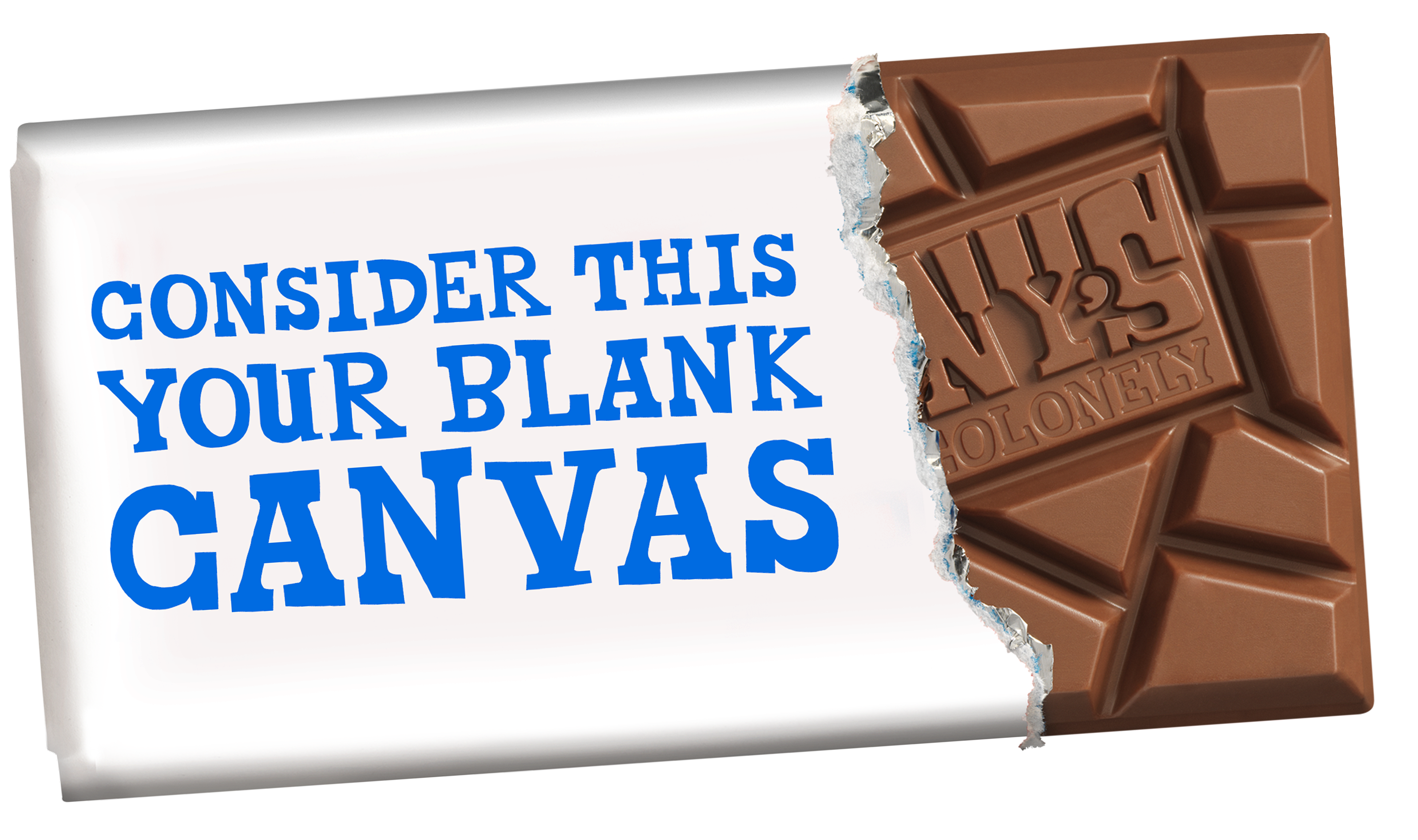Global Slavery Index: will you read with us?
A report that maps modern slavery.

Yesterday the very first Global Slavery Index was published : a report that maps modern slavery. It shows once again that we are dealing with a huge problem: the report estimates that there are 29.8 million slaves worldwide. Completely unacceptable of course; slavery in 2013. We are - as you know - very aware of this and are convinced that we must do something about it. The report not only lists the hard facts about slavery worldwide, but also contains recommendations on what can be done about it. No time to lose.
Slavery in 2013?!
In our definition, slavery includes all illegal labor; for example, children who work instead of going to school or who do too hard or dangerous work at too young an age, but also adults who are forced to do work without pay. According to us, there are already 460,000 slaves working in cocoa cultivation in Ivory Coast and Ghana alone, based on figures from ILO and the Payson Institute. The Global Slavery Index uses a different definition and speaks of 350 thousand slaves in Ivory Coast (150-160 thousand) and Ghana (170-190 thousand) in total, i.e. all sectors, including cocoa cultivation. This means that in our view the report has made too defensive an estimate and that the actual number of slaves worldwide is probably much higher than 29.8 million people.
Approximately 70% of all cocoa worldwide comes from West Africa, of which 60% from Ivory Coast and Ghana. Most chocolate slaves work in these countries. We buy our cocoa there precisely so that we can make a change.
What are we doing about it?
Our goal is to make all chocolate worldwide slave-free. That is why we have drawn up our roadmap to 100% slave-free chocolate. That roadmap consists of three steps:
Step 1 – Tony's raises awareness
By drawing as much attention as possible to slavery in chocolate, we raise awareness that things are still very wrong in the chocolate world. And we want to create conviction that something really needs to be done about it, because it is possible!
Step 2 – Bean-to-Bar
We strive for slave-free chocolate and want to be a role model for other chocolate makers. That is why, since this year, we have been purchasing our cocoa directly at a premium price from farmer cooperatives in Ghana and Ivory Coast with which we have a long-term trading relationship. This cocoa is processed for us in a traceable manner, so we know exactly where the cocoa in your bar comes from. The cocoa farmer who worked hard for this cocoa has more security in this way. He can sell his cocoa to us for a longer period of time and at a better price, so that he can invest and professionalize. This is our bean-to-bar project. An important step on our route to slave-free chocolate.
Step 3 – Example is followed
We want to inspire other chocolate makers and show that making chocolate can be done in a fairer way that is also successful. Because only if they follow our example and really take responsibility for chocolate slavery can we solve the problem together.
The report recommends, in line with our roadmap, that chocolate companies and governments work together to organize responsible and transparent sourcing of cocoa beans. And asks chocolate makers to now really invest in achieving all the objectives of the Harkin-Engel Protocol.
Help us!
Our goal is that everyone can enjoy chocolate without any worries. We can't do that alone. We need the help of other chocolate makers for this. And you. It sounds cliché, but it's true: as a consumer you have power. You can put this problem on the map. Let it be known that you find slavery unacceptable. By sharing this message with your friends, for example. Tasty together on the way to 100% slave-free chocolate. Yes!



